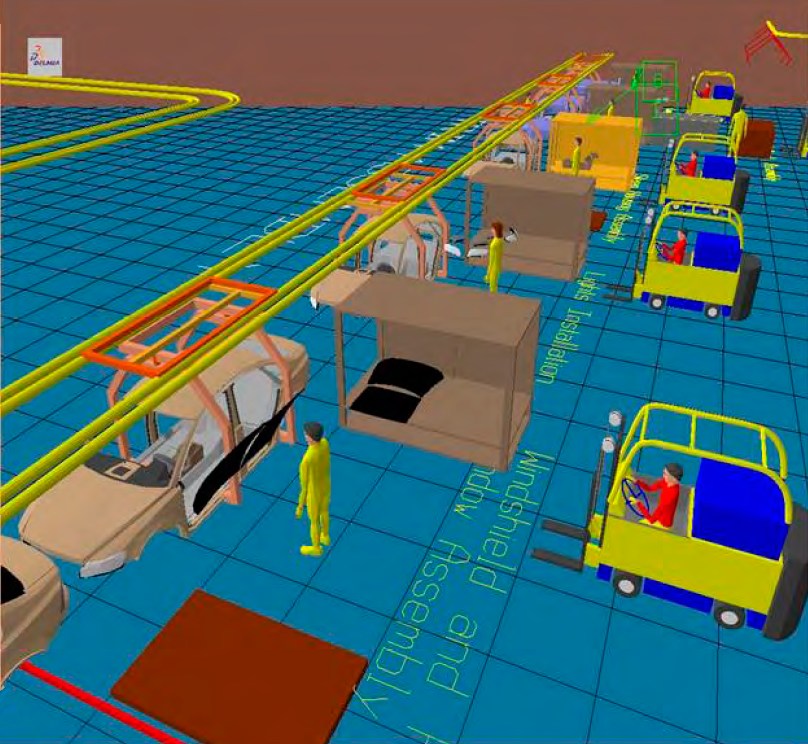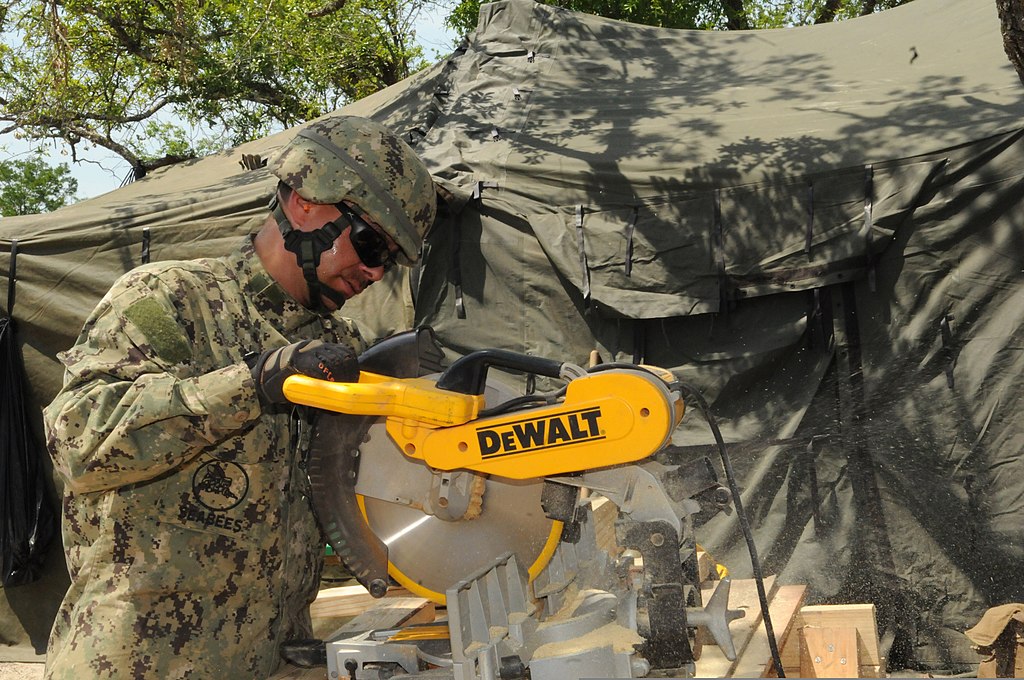When someone has an idea for a product, how does that idea turn from a creative thought into an actual physical item? Typically, this is done through a series of design and manufacturing steps that see the idea drawn out on paper first. From there, the actual mechanics of how to create the item are laid out in a manufacturing facility. Finally, manufacturing machinery forms the finished product. These steps are fairly straightforward and can be a simple path toward getting a product made, but what happens if the manufactured product doesn’t perform as well in reality as it did on paper?
Prototyping Can Solve This Problem
The way to solve this problem is through prototype manufacturing. This is a manufacturing process that involves creating a working model or iterations or working models of a finished product before it is mass-produced or produced in its final form. Prototyping is often used when a product will need to use custom components in manufacturing, but an engineer or manufacturer may choose to build a prototype first as a proof-of-concept or to test certain design choices.
Below are several key benefits of building a prototype before moving to the final manufacturing phase:
Prototype Manufacturing Improves Productivity
Prototype manufacturing can improve productivity by saving time and resources. If a product is manufactured only for mistakes to be discovered later, it will take time to stop the manufacturing, recall each product, fix the problem and then issue replacements or refunds. When you manufacture a prototype first, you have the opportunity to catch mistakes before they make their way through the final manufacturing process.
Prototype manufacturing can also improve productivity by streamlining the manufacturing process. Because a prototype allows engineers to work out all of the kinks and bugs before final manufacturing has begun, each step of the manufacturing process can be laid out more efficiently. This once again saves time and has the potential to reduce resource usage.
Prototype Manufacturing Reduces Costs
Creating and testing a prototype before moving on to final manufacturing can also reduce costs since the prototyping process often allows for more accurate cost estimating. When you build a prototype, you’re able to evaluate the cost of materials as well as manufacturing. This can present opportunities to substitute materials to reduce costs or look for ways to adjust manufacturing processes to lessen the financial burden.
At the same time, a prototype may even assist in raising capital investments for manufacturing. A working prototype can be displayed to investors before a product is moved to final manufacturing. This can give companies the ability to raise funds that can be used for the actual manufacturing, distribution and marketing of a product. In the end, this reduces costs for companies and can make it easier to generate a profit.
Prototype Manufacturing Provides Opportunities To Improve Designs
Engineers may also be able to improve upon their designs by prototyping and presenting their models to others. When you create a prototype and allow focus groups to try it out, you can receive feedback about usability, ergonomics and other factors that may affect a customer’s enjoyment of the product. This feedback can be invaluable as it allows engineers to make revisions to a product’s design, improving it before moving on to the final production phase of development.
Prototype Manufacturing Can Build Stronger Teams
When creating a prototype, teams can be made stronger since they will need to work together to solve problems. The prototyping process usually involves a lot of analysis and testing, and input from a diverse group of voices is needed to help the product be the best it can be. Although teamwork is important during any type of design or manufacturing process, prototype manufacturing requires a different approach to problem-solving since it is concerned more with correcting errors and making improvements than with addressing existing pain points in a customer’s life.


